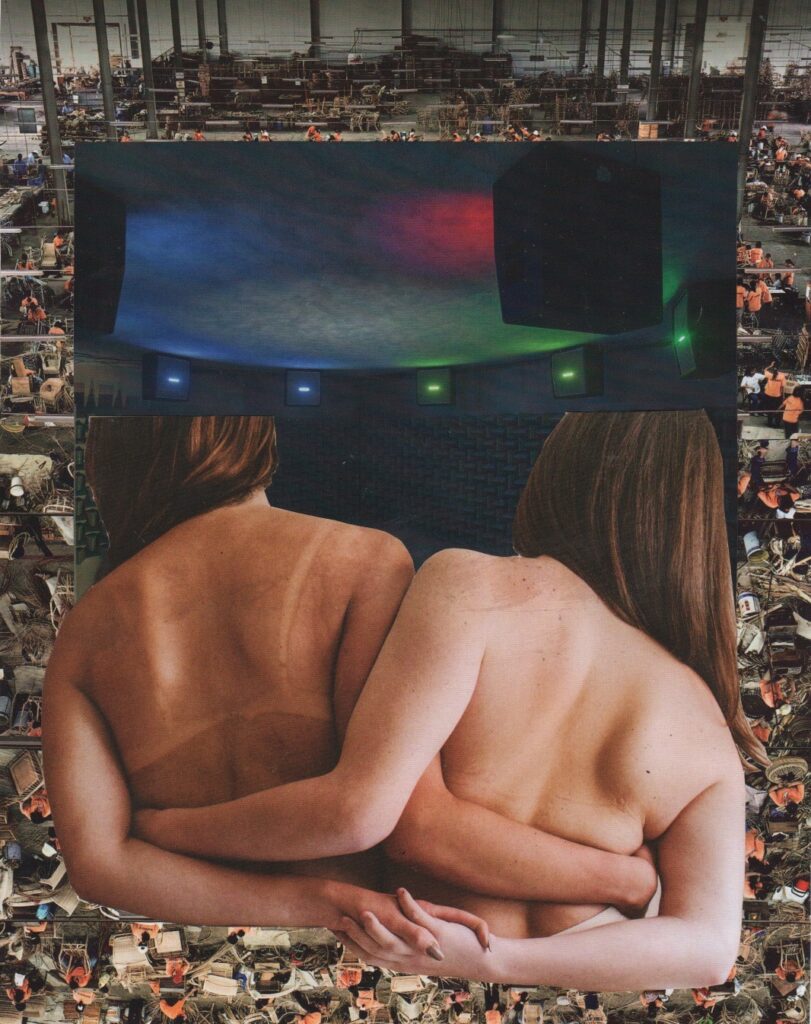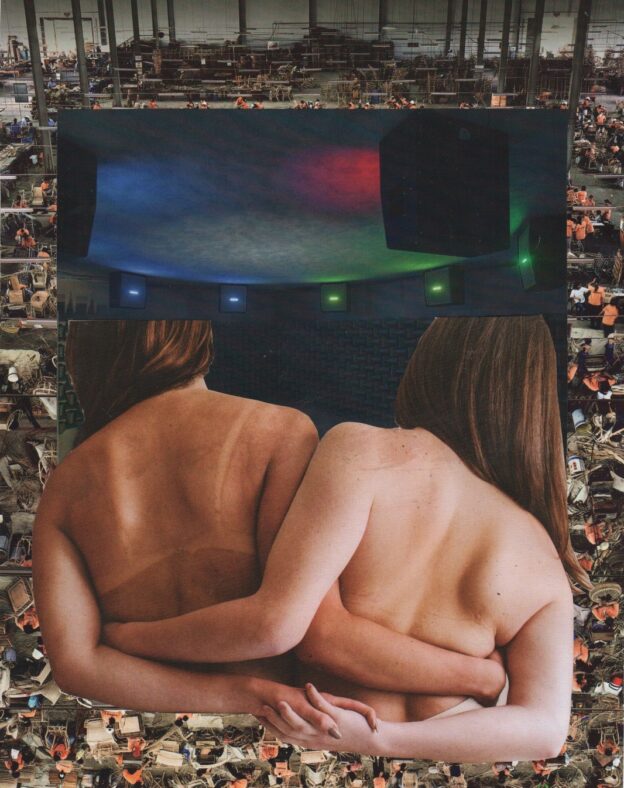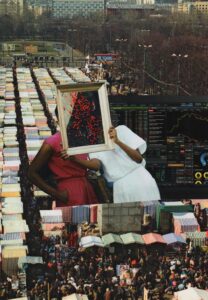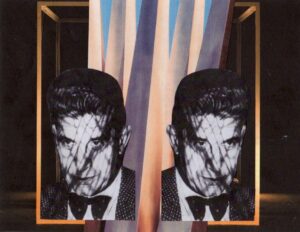Our culture is more connected up than it ever was before, and for this there are consequences. The development of the technologies that we have is no accident. Nor, as I have argued in my book The Psychodynamics of Social Networking, is it the result of “Technological Determinism” — the prevailing idea in the popular press that we are the hapless victims of a technology that is forced upon us from the outside. Rather, we are complicit in the development of technology by way of “Social Shaping” – creating the technologies that are in some ways inherently human.
CONNECTED UP NATION IS LIKE FAST FOOD NATION
Most of what we create in culture, both good and bad, is created through a relational social shaping approach. Look at food. Right now the big news in food is the war on obesity and the latest battle in this war is the role of sugar. We have created a processed food industry that has ultimately surrounded us with such tempting concoctions of sugary fatty treats, that avoiding them is near impossible. How has this happened? Quite simply, our initial programming from our hunting and gathering days where we needed to seek out foods rich in calories still dictates our desires. Today, however, we are nowhere near as active as in those days, and the amount of these calorie rich foods surround us with such ease of accessibility and economy, that the balance has tipped in a rather unhealthy direction. While still operating on our biologically programmed needs, we have produced a society that far exceeds them.
An analogous situation is happening with technology. While we are biologically programmed to seek out calorie rich foods, today we are also psychologically/emotionally programmed to seek relationships to assure our survival in families and small groups. The technology we have produced to enable social connection may be having much the same effect as fast food does on our physical health. We may be, emotionally speaking, reaching for donuts of connection rather than healthy salads.
Shelly Turkle, in her landmark book, Alone Together, states that, “Technology proposes itself as the architect of our intimacies.” She’s not lying. For younger people, technology is often the first stop for mediating intimacies, and for the rest of us, we do it across technology more and more.
Particularly interesting here is the fact that, among the British respondents, more than 80% are attempting to resolve arguments online and nearly 70% are checking out people they’ve just met online. Talk about technology mediating our intimacies. The development of mobile technologies have further complicated the issue by increasing our access to “relational donuts” even further with 85% of respondents using the internet via smartphones while on the go.
While there’s nothing wrong with the development of technologies to help us with our social connections, the ubiquity of such networks are a bit like the ubiquity of certain kinds of foods. Donuts are fine, but we must make sure we’re eating nutritiously most of the time. That means fostering and working within the complexity of real world relationships. So yes, those of your resolving conflicts online, start practicing doing that face to face! Ubiquitous connectivity can interfere with our capacity to be alone and multi-device connectivity is distracting us like mad!
The development of mobile technologies have enabled a situation where we never really need to be alone, and because of this, we are not getting any practice of this very important capacity. As Turkle nicely puts it:
“One might assume that what we want is to be always in touch and never alone, no matter who or what we are in touch with. One might assume that what we want is a preponderance of weak ties, the informal networks that underpin online acquaintanceship. But if we pay attention to the real consequences of what we think we want, we may discover what we really want, we may want some stillness and solitude” (p. 284-5).
This lack of stillness is further complicated by our constant pull towards distraction, enabling an ADD culture where by we are always switching from one function to another without necessarily taking the time to sit and think, and find out what we really need. Turkle also states that:
“multitasking feels good because the body rewards it with neurochemicals that induce a multitasking ‘high.’ The high deceives multitaskers into thinking they are being especially productive. In search of the high, they want to do even more . . . we fell in love with what technology made easy. Our bodies colluded” (p. 163)
Here we’re back to our evolutionary nature, but in the distracted/relational paradigm rather than the food one. Like food, however, we may find ourselves stuffing our faces out of boredom rather than sitting and working out what our bodies really need.
SOCIAL MEDIA IS A TOOL, USE IT LIKE ONE
We don’t use a hammer to screw in nails because it doesn’t work so well for that sort of thing. We need to utilise the same sort of thinking in regard to social media. By this I mean that we need to decide what platform is appropriate for what kind of relating. In short, this means not dealing with complex issues through social media platforms that offer narrow aperture for relational complexity. In very plain English, don’t dump anybody by text message: it’s not nice, and it’s not responsible.
Lastly, be mindful. As I have written elsewhere, our connected-up instantaneous culture doesn’t do our grounded mindful selves much good. Now, more than ever we have to be more purposeful about it. Take those small moments moving from A to B, and put the phone in your pocket. Look up, enjoy your surroundings. Those messages will still be there when you come back.
Written by DR AARON BALICK
Originally published OCTOBER 2016

Artwork by KATE HOLFORD
© Copyright for all texts published in Stillpoint Magazine are held by the authors thereof, and for all visual artworks by the visual artists thereof, effective from the year of publication. Stillpoint Magazine holds copyright to all additional images, branding, design and supplementary texts across stillpointmag.org as well as in additional social media profiles, digital platforms and print materials. All rights reserved.



